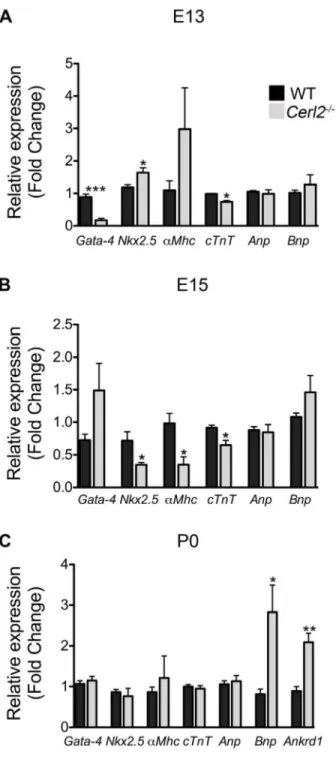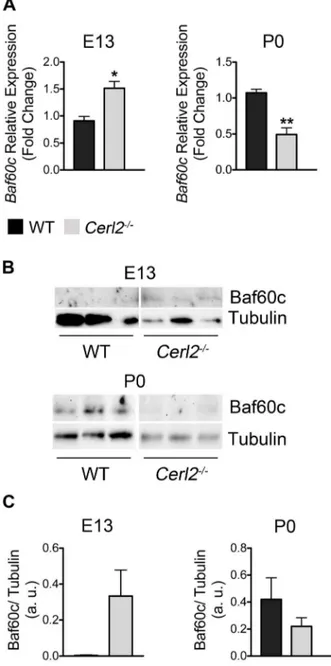Targeted Inactivation of Cerberus Like-2 Leads to Left Ventricular Cardiac Hyperplasia and Systolic Dysfunction in the Mouse
Texto
Imagem


Documentos relacionados
In the present study, we ob- served an increased fractional shortening in carvedilol- treated α 2A / α 2C ArKO mice associated with reduced left ventricular fibrosis and
1 – In the patients with left ventricular hypertrophy (group A), the greatest left ventricular mass index (149±49g/m 2 ) is associated with a high increase in coronary
In conclusion: 1) oscillatory breathing is a common breathing type in individuals with left ventricular global systolic dysfunction observed in 35.7% of individuals with that
We determined the value of the radiological study of the thorax in the diagnosis of left ventricular dilation and left ventricular systolic dysfunction on Doppler echocardio- graphy
Cardiac structure and functions - As shown in Table 2, patients with SCA had higher indexes of left ventricular systolic and diastolic diameter, left ventricular wall
Conclusion: Based on the data above, we concluded that myocardial revascularization without extracorporeal circulation in patients with left ventricular dysfunction is a safe
cardiac involvement in the neonatal period to incidences as high as 45% to 75% in naive severe patients 29. In patients with left ventricular dysfunction, the mean percentage of
Effects of cardiac resynchronization on disease progression in patients with left ventricular systolic dysfunction, an indication for an implantable cardioverter-defibrillator, and